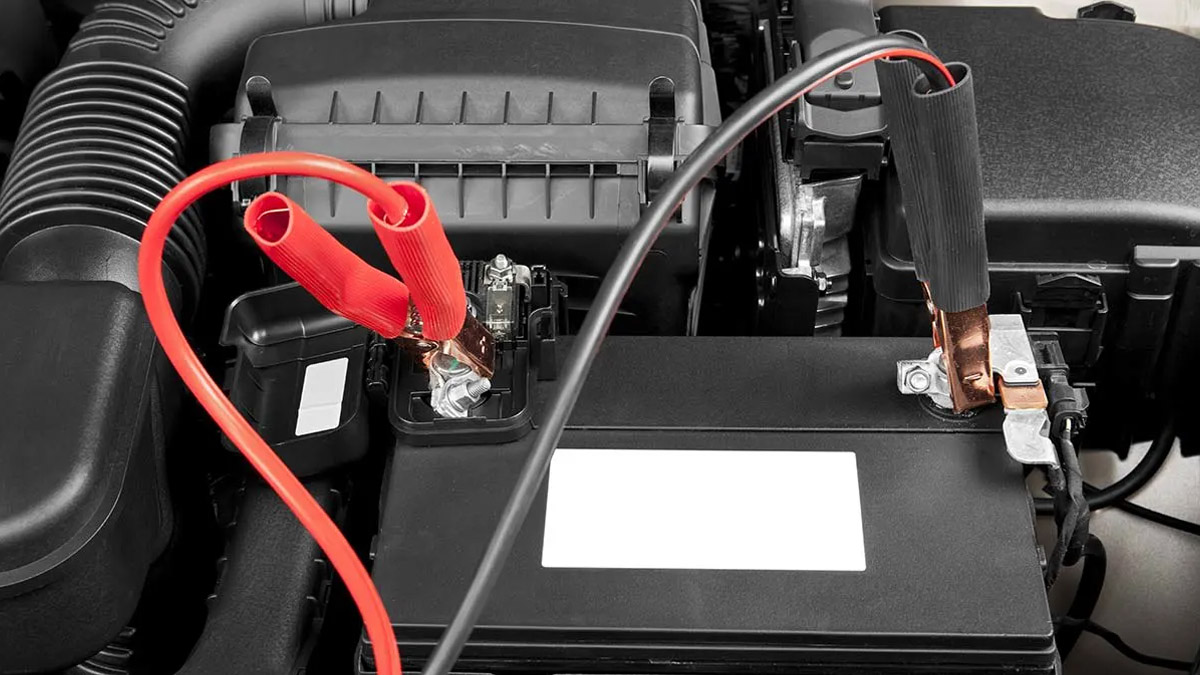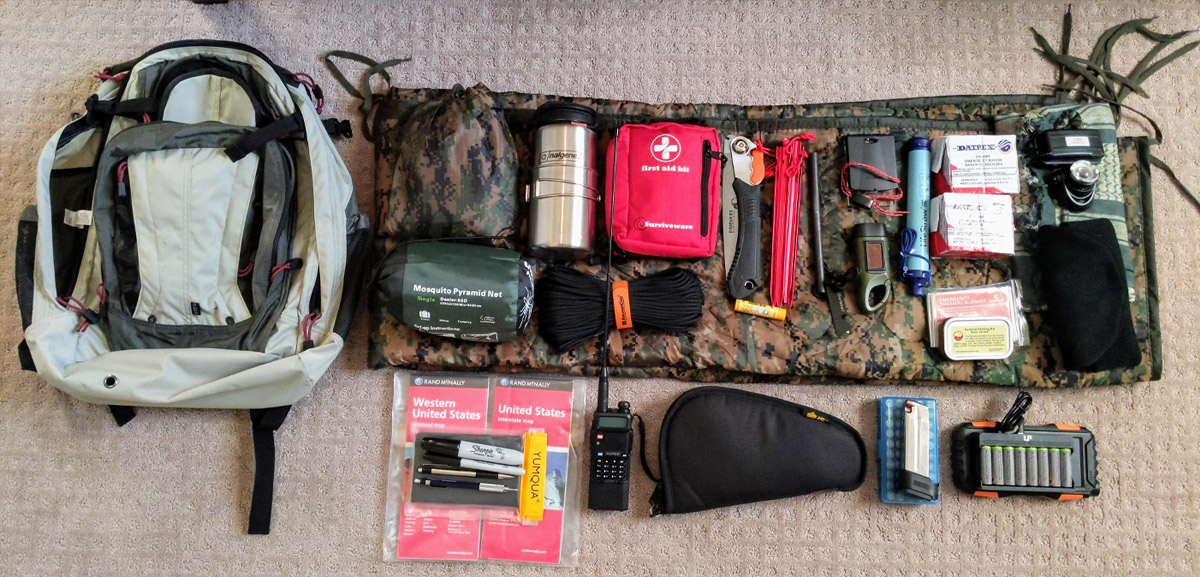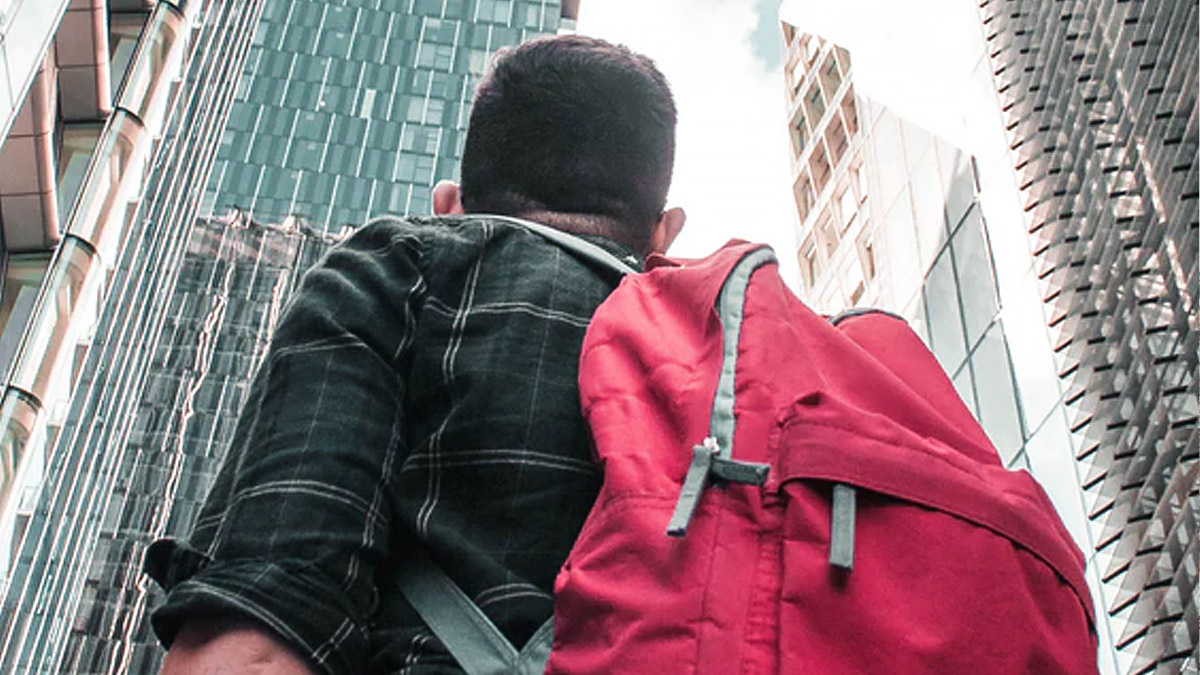on
More than 80 percent of Americans live in urban areas, according to a report released by the U.S. Census Bureau in 2018.
Limited space is one of the issues they have to cover, but that is nothing compared to the troubles the population density may bring. In a densely populated area, even your neighbors are hard to trust, and you can never know who might be a friend or foe when SHTF.
“Urban preppers have to deal with a lot more prepping and survival problems than those living in small communities.“
The tips from this article should give urban preppers the upper hand when it all goes south, and it will increase their chances of survival.
Survival strategies in an urban environment
Tune in and listen!
In general, before something occurs, there always some tell-tale signs and information reaching the masses. This is the type of information you need to discover and gather before it’s too late. Having a police scanner and learning how to use it brings a major advantage to an urban prepper. This tool is even more valuable if evacuation is your main choice for survival. A police scanner will tell you where the disaster has occurred, if it’s spreading and what measures are being put in place to address social implications (evacuation, riots, etc.).
Another method to listen to the outside world is by HAM radio, and in certain cases, it may be more useful than a police scanner. HAM operators will report from the scene or its vicinity without filtering information. You will know exactly what is going on and you will get much more accurate details.
Learn to jump-start a car
If you need to bug out and leave the city behind, you may encounter roadblocks or other obstacles that may force you to abandon your vehicle of choice. Knowing how to jump-start a car in such cases is a vital skill. Running or walking is not a good option in an urban environment unless you know all the safest routes, and you are well-trained for such physical activity.

Breaking into a car and jumpstarting it, may, in fact, be your only option to acquire a new bug-out vehicle to get out of the city. However, before using this tactic as your last resort , there are a few things to consider.
First, make sure your vehicle is well-maintained and has a full gas tank. Second, learn how to deal with simple problems and have a basic understanding of general car maintenance. And third, if you’re not sure about stealing someone’s car, always have a secondary method of transportation. A good bicycle is an ideal option for an urban setting.
Keep your bug-out bag close
City dwellers know that time is of the essence during “quiet” days, when competing in the rat race. You always have to make sure you’re not late for appointments, chores, and everything else. Imagine how critical time becomes for an urban prepper when a disaster hits. You will be under constant pressure, and the last thing you want to do is to search for your survival bag and other gear.
All the stuff that would make evacuation easier should always be in reach. Some urban preppers have two bug-out bags, one in their car and one at home. The logic behind this is that you may not be able to reach your home and the next best thing you can do is either go to the establish meeting point or go to retrieve your loved ones. Having a spare bug-out bag will increase your chances of making it out without having to improvise every step of the way.
Build an emergency plan for your family
Having a family emergency plan is mandatory regardless if you decide to bug-out or hunker down. The plan should cover as many aspects as possible of the disaster(s) you are planning for, and every family member should have a role in it. Here is what a basic emergency plan should cover depending on the choices you have:

- Have a bug-out-bag ready and in reach
- Make arrangements to turn utilities off before leaving the house
- Learn every possible escape route and inform your family about them
- Keep a BOV well-maintained and ready to go
- Establish meeting points for each escape route
- Have communication means for everyone
- Assure protection for every family member
- Plan for a bug out location or a safe retreat
Bugging in
- Secure water at the last minute before municipal utilities stop working (fill your bathtub and any available container with tap water)
- Cut off utilities that may pose a problem (especially the gas line)
- Tune in and listen to what’s going on outside your fort. The sudden development of the crisis may force you to evacuate.
- Have enough supplies to last for at least 3 months and plan for a solution afterward.
- Implement any means you have for heating and generating electricity
- Have a complete first-aid kit designed for various types of emergencies
- Make sure your home is protected against forced entries
- If you live in an apartment with a flat roof, found out if you water is supplied via gravity fed tank.
- If your rooftop is flat, can you easily access it? Are you allowed to have container gardens or to collect rainwater for your plants (and potentially yourself – after you run it through a filter system.
Of course, that emergency plans cover much more than this, but each plan should be made based on factors such as location, family members count, resources, knowledge, and skills. As urban preppers, you should at least have what’s listed above to have a fighting chance.
Learn to make your own food
Subscribe for FREE to Continue Reading
Subscribe for FREE to get access to all of our premium content and get an email when new content is added.
The purpose of this blog is to present preparedness ideas for those that are brand new to the idea of being prepared for various disasters. We will also provide information for experienced ‘preppers’.
Get access to premium content and more!





